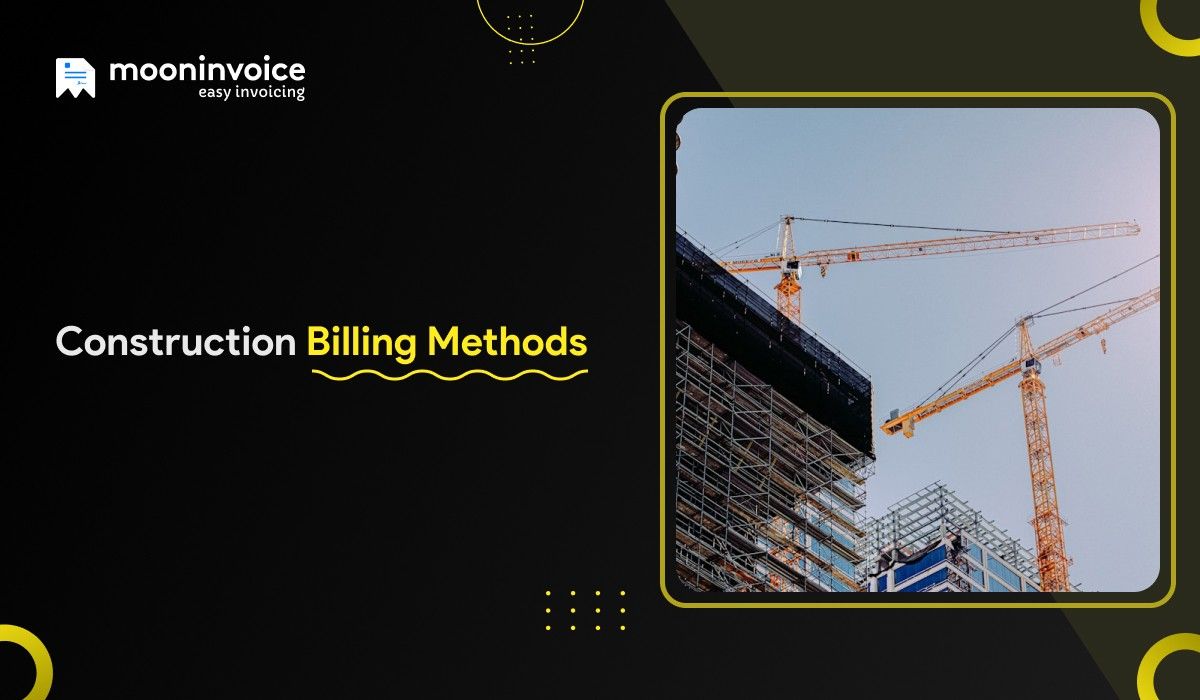POS System Subscription Fees We have established that a POS system is becoming necessary for businesses that deal with customers daily. A point-of-sale (POS) system is essential for any business to streamline operations and improve the customer experience. You must be wondering how much a pos system costs. However, one of the most significant expenses… Continue reading Navigating the World of POS Systems: How Much Does a POS System Cost?
Navigating the World of POS Systems: How Much Does a POS System Cost?
















